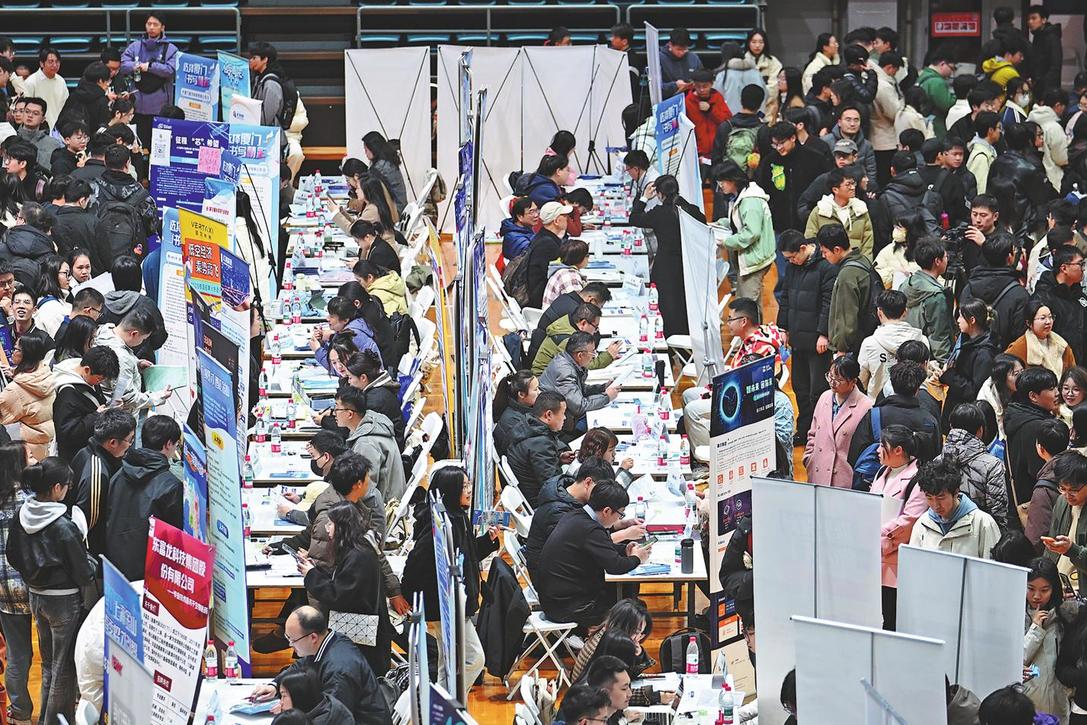Defense systems designer dies at 83
By ZHAO LEI | CHINA DAILY | Updated: 2020-09-09 07:52
Chen Dingchang, a leading designer of China's air and missile defense systems, died on Monday in Beijing. He was 83.
Chen was an academician of the Chinese Academy of Sciences, senior science and technology adviser to China Aerospace Science and Industry Corp and former president of the CASIC Second Academy, the country's major manufacturer of air and missile defense weapons.
He was also a member of the Communist Party of China and recipient of several national science and technology awards.
Born in January 1937 in Shanghai, Chen had an outstanding study record in his youth and was admitted to Tsinghua University's Department of Radio Electronics in 1957.
In July 1963, he graduated and went to work in Beijing at the Second Branch of the Ministry of National Defense's Fifth Academy, the predecessor of the CASIC Second Academy.
Chen spent the first years at the academy researching radar and target detection technology and played a major role in China's first attempt to build a missile defense system, which was later abandoned due to technical difficulties.
In the late 1970s, the researcher began to focus on designing a new-generation air defense missile to defend the low-altitude domain.
Along with the successful development of the HQ-7 missile system, he was appointed head of the academy's general design department in 1984 and became president of the academy in 1990.
During the same time, Chen started research and development with his fellow designers on what later became the HQ-9, China's third-generation air defense missile system that has tremendously improved the Chinese military's air defense capability.
In 1996, he was transferred from the position of the academy's president to the head of its science and technology committee, and continued playing a leading role in the planning and design work for advanced air and missile defense systems.
In December 2009, Chen was elected to the Chinese Academy of Sciences, the nation's top scientific body.























